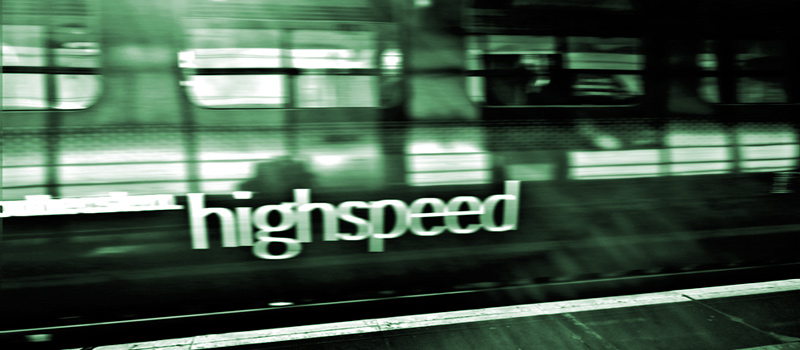I would like to explain why we should have highspeed trains. Our rail system at the moment has several constraints. It is, substantially, a single track and diesel-operated line surrounded by electric trains and track. The diesel trains are only 10 years old but are already suffering from some mechanical issues, with a service depot inconveniently placed in south London which, we are told, is accessible only via Hastings.
Meanwhile, passenger demand is growing, so a current train operating at two cars per hour results in increasingly overcrowded trains. During the summer months on some weekends there were some four car units operating, borrowed from the Uckfield line as it does not have the demand at weekends.
But Network Rail told us at this year’s Marsh Link Action Group annual meeting that there is no justifiable business case for upgrading the line – to electrify and part dual the line – while operating the existing service.
Some feel that Rye could become a commuter town if it were a highspeed rail stop. Well, there are already 101 season ticketholders between Rye and London. There are also some who drive to Battle, Ashford and other railheads to travel to London. And when the Hastings line was closed during the winter months it was noticed that commuters from Hastings and Bexhill were using the Marshlink line to reach the highspeed service from Ashford – and are probably continuing to do so.
I believe a highspeed service offers Rye a brighter future. Rye is a tourist-dependent town and better transport links can only improve business and regeneration and economic growth generally.
There would be two trains per hour (so, for example, better connections with the Charing Cross service); the hourly train would be a direct service to London with a travel time of under an hour; there would be more capacity and the prospect of later trains.
The rail service to Rye would benefit from greater reliability from a large fleet of trains. The more frequent service would be a more attractive route for Eurostar passengers, so perhaps Ashford’s position as an international station could be restored; and, being very speculative, perhaps over time this could be the beginnings of a south-coast rail route.
In summary, though not wishing to be alarmist, without the highspeed service our line could, again, face the risk of closure when the current diesel units need replacing. There will be no more diesel units to replace them and there may still be no business case for electrification.
With the Highspeed service, we will probably see an increase in daily commuting to London, but there will also be great benefits, not only for those commuters. It will be good for tourists; good, too, for those of us who want to travel out of town; good for business; good for employment – and therefore good for our futures and our town’s future.
It is too early to say where the proposed service would stop – that will be a franchise matter nearer the time. But, nonetheless, the hope, expectation and working assumption of the East Sussex Rail Alliance is that the anticipated hourly highspeed service will stop at Rye, Hastings and Bexhill and an intermediate electric-train service would stop at other, smaller stations.
I have no doubt whatsoever that Amber Rudd, our local MP, is fully behind Rye being one of the stops. She has been wholly instrumental in getting the project to this stage and should be congratulated.
Nick Taylor Highspeed facts not fiction
Paul Barker More parking spaces for commuters
* Stuart Harland is chairman of the Marsh Link Action Group
Photo: Nick Taylor



